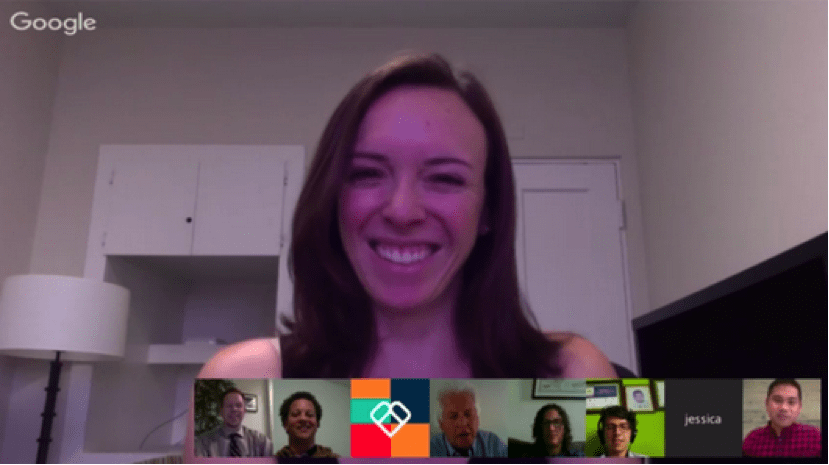5 Tips for Using Synchronous Events in Your Online Course

Learners are increasingly taking online courses not only to learn at their own pace, but also to meet and collaborate with other learners from all over the world. For eLearning instructional designers, one solution to increase collaborative learning in a course is to inject synchronous learning activities. Synchronous events are live events that come right after one event has ended (i.e. without any idle time in between), and can provide new and exciting opportunities for interaction and communication between learners and course facilitators. Instructional designers can use synchronous events to serve different purposes in a course, including creating new means for instant feedback (for both learners and instructors) or generating excitement for an upcoming course.
While synchronous events may seem daunting or challenging to coordinate, with good preparation, they are easy to facilitate and can have many benefits for both the instructors and the learners. After testing and running synchronous events of our own, we have compiled a list of some of our best practices that we hope you can use in your next course.
What benefit would the synchronous event have for you and your learners? Is it to increase communication and collaboration in a course, or to have an opportunity to provide learners with feedback? Here are some synchronous events that we’ve used in our courses that learners have identified as helpful and worth attending.

There are various benefits to hosting your synchronous event before, during, or after a course, depending on the purpose of your live event.
While the duration of a synchronous event can depend on the topic as well as the learning outcome you are trying to achieve, we generally advise an event that lasts 30min – 1hr.
After deciding on the purpose and timing of your event, remember to get a level of commitment from people who are participating to ensure high participation and engagement during the event.

Choose the right tool that’s appropriate for the purpose of your event. Before the live event, we recommend that both the instructors and the participants chosen for the live event do a dry run to make sure they know how to use the technology. We recommend testing different tools before committing to one for your live event. Here are some free tools that we have used and recommend:

Many of your learners may be from across different timezone and unable to attend the live event. By recording the event and sharing it afterward, learners in your course will be able to benefit from the content shared during the live event.
Are you interested to learn more about designing online courses? Contact sales@novoed.com to learn more about NovoEd’s instructional design services.
Blog
In a Harvard Business School case study titled Creating a virtual internship at Goldman Sachs, the authors describe how The Goldman Sachs Group successfully transitioned a program serving thousands of interns into one that became entirely virtual.
Blog
Craig Weiss of The Craig Weiss Group, renowned for his expertise in learning technology, e-learning and AI in the workplace, spoke about AI In L&D: Roles, Risks, and Opportunities.
Blog
For Marriott, emerging from the pandemic presented a key opportunity to take stock and strategize how to improve worker retention and customer service — and the hospitality chain recognized that cultivating the best possible leaders was essential for navigating the changing landscape.
Blog
Learning management is a perennial challenge for L&D teams. Despite the emergence of more sophisticated learning and business analytics techniques, struggles with learning measurement persist at frustrating levels. Closing the gap between the boardroom and L&D around actual business or organizational impact is a required skill for learning leaders to master.
Blog
A social learning platform activates the deep and continual skill development needed for enduring behavior change in the context of modern business.
Blog
NovoEd enables executive education providers to build online learning experiences for custom executive education programs, open enrollment courses, and more.